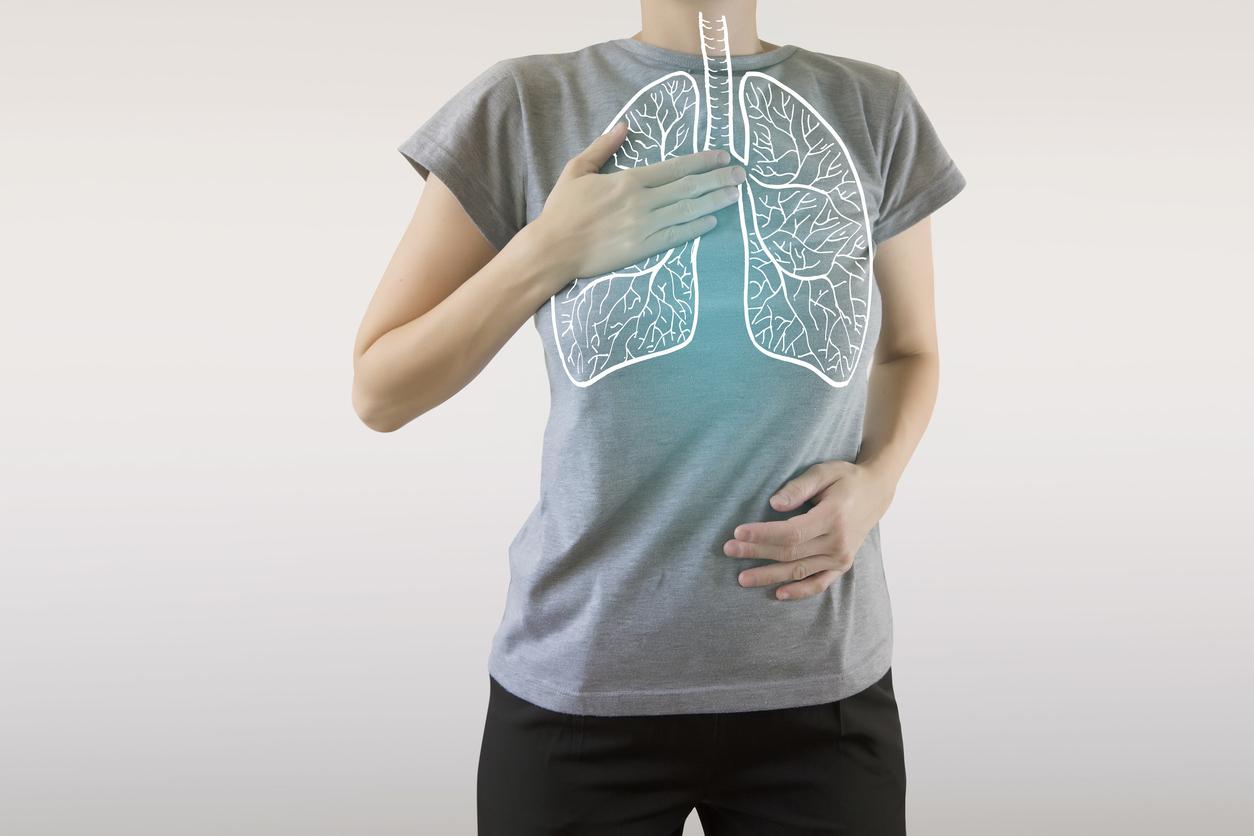And if the air in your house or apartment was as polluted as a street full of exhaust fumes ? This is the observation made by a studypublished on February 25, 2022 in the journal Science Advances. If the impact of the components of cleaning products on health and the environment is already known and proven, this new study reveals minute by minute what happens with the airborne reactions during a cleaning of our typical interior.
And the observation is overwhelming: a few minutes of cleaning with products smelling of fresh perfumes – in particular pine and citrus fruits – could generate as many particles suspended in the air than vehicles on a busy street. “I was absolutely amazed that mopping produced potentially harmful aerosols, at rates similar to those generated by traffic on a busy street“, noted the researcher in indoor air pollution of the University of York (Great Britain), Nicola Carslaw.
Thus, the air in homes, schools and offices is sometimes as polluted or even more polluted than the air outside. The study shows that any type of combustion, such as candles, incense or cigarette smoke can contribute to the harmfulness of indoor air. Gas stoves, as well as cooking food, can also create unhealthy particles, which cause asthma and other respiratory problems.
Other major sources of pollution have been identified in personal care and cleaning products, whose fragrances contain products that react with ozone to form small suspended particles called aerosols. THE limonene is one of the most worrying molecules. This substance is particularly present in household products such as wax, which helps to remove oil and grease.
Opening the windows is not enough: what solutions?
Unfortunately, ventilation through the opening of the windows would not be sufficient to eliminate all the particles. According to the study, a person would breathe 1 to 10 billion nanoparticles per minuteor vehicle traffic on a busy street in an American or European city.
The ventilation would also constitute a double-edged sword: it eliminates the particles, but can however bring in particles from the outside, which are more harmful according to the researchers.
THE activated carbon air filters could be one of the solutions to these harmful particles. Time also allows it to degrade: several hours after cleaning, the particles grow and settle in the air. Once on surfaces, they become harmless. Finally, the use of natural or homemade productsbased on white vinegar, baking soda or black soap, would be the best response to these toxic products.
Sources:
- Chemistry and human exposure implications of secondary organic aerosol production from indoor terpene ozonolysis, Science Advances, February 25, 2022
- Mopping can create air pollution that rivals city streetsScience, February 25, 2022
Read also:
- Air purifier: should I buy or not?
- What are the least toxic household products according to 60 million consumers?
- Toxic household products: here are two to absolutely banish
- Daily tasks pollute the air in our homes


















